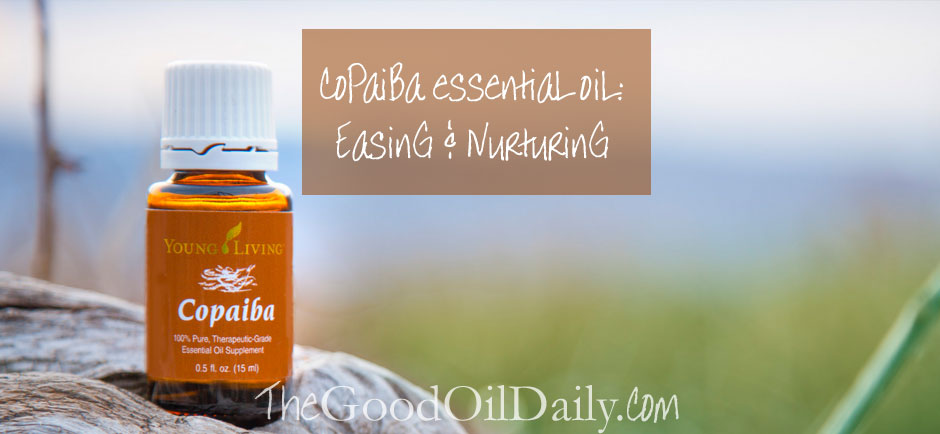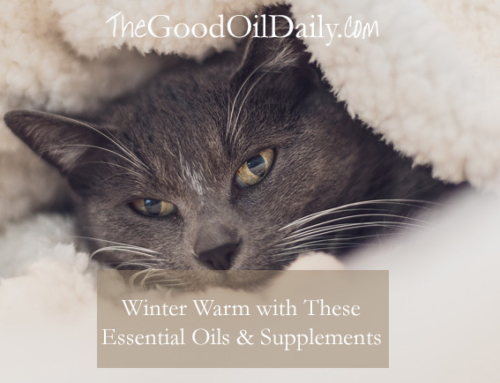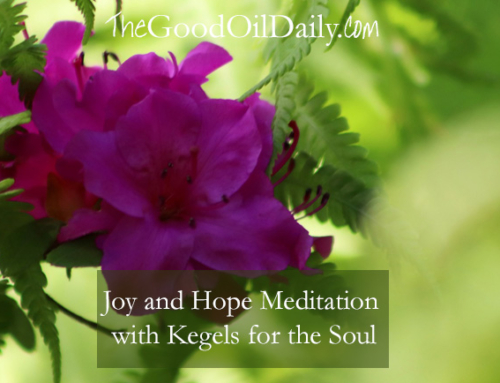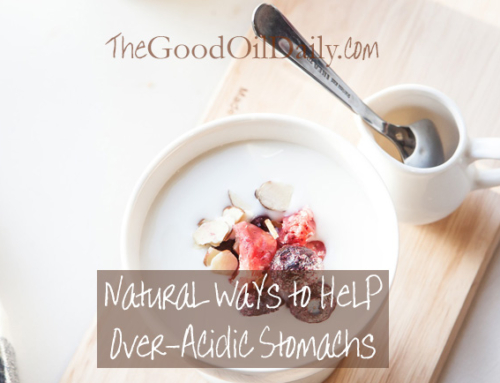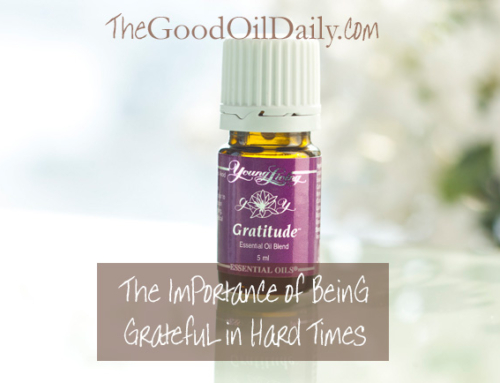Researching posts can take me down some interesting rabbit holes. Such was the case when exploring the benefits of copaiba essential oil and one of its compounds, which happens to be a cannabinoid.
Don’t worry: it’s all perfectly legal! But super interesting.
Copaiba essential oil has a gentle, sweet and comforting woodsy aroma. It is delicately extracted by steam distillation of the gum resin tapped from the Brazilian Copaifera reticulata tree (also C.langsdorfii or multijuga). Frankincense and myrrh are two other beautiful and precious essential oils that are likewise created from resins.
Young Living’s long-standing presence in Ecuador with their farms, distilleries and research facilities gives them an enviable and unequalled foothold with the supply of exquisite South American botanicals like copaiba to produce the highest possible quality available.
The copaiba trees are classified as leguminous, and their thick, transparent exudate is tapped from the heartwood in a way similar to that of maple trees for their syrup.
Copaiba is also known as copal, but be sure to check the credentials because the word copal can refer to a whole bunch of different trees: black, white, gold and Brazilian. The Brazilian copal, which is Young Living’s Copaiba, is the one typically referred to in terms of its many benefits for wellbeing.
One of the attributes that makes genuine copaiba essential oil so highly regarded is its exceptionally high levels of the constituent beta-caryophyllene. The highest quality such as that produced by Young Living contains a whopping 55% BCP, which is the highest of any currently known essential oil.
BCP is a sesquiterpene and a cannabinoid that does not produce a ‘high’. No wonder it’s a keen subject of research in medicine.
Other oils that contain varying percentages of beta-caryophyllene include clove, oregano, cinnamon, black pepper and helichrysum. But if you’re looking for the optimal concentrated source of this particular constituent, Young Living Copaiba is the way to go. Please click here to get in touch with me here for help with ordering. Not all oils are created equal. Far from it. Quality varies immensely, so please ensure you are choosing a brand with complete transparency from seed to seal, such as Young Living. Discover why we love them so much in this short video.
As you’d anticipate for a natural resource that lies in the forests of the Amazon, it has many traditional uses in folk medicine.
Copaiba resin is typically mixed with honey or warm water as a popular home remedy for comforting throats and a general tonic if feeling a bit under par.
Copaiba is also wonderful for the skin. And if you’ve copped an insect bite, grab your Young Living Breathe Again™ or Deep Relief™ roll-on, both of which contain copaiba essential oil. To circumvent insect bites altogether, check out our natural insect repellents here.
Here are just a handful of the many uses for copaiba essential oil. Please check your trusty essential oils reference book for more in-depth attributes and benefits:
- Diffuse for a relaxing vibe at home for everyone to enjoy
- Apply topically diluted with Young Living V-6™ Vegetable Oil Complex or other pure carrier oil to help your post-workout wind-down routine
- For a 100% natural beard oil, use this same mix of Copaiba essential oil and carrier oil
- And the same mix again can be used as a skin-nurturing unisex body moisturiser
Don’t you love products that multi-task!
Copaiba essential oil is also included in a bunch of Young Living products and blends, such as ART Beauty Masque, Breathe Again Roll-On, Copaiba Vanilla Shampoo and Conditioner, Deep Relief Roll-on, the Progessence range (not available in all markets), and Stress Away.
Essential oils are potent, so as always, please follow directions on the bottle and the usual guidelines for safe use of authentic essential oils.

